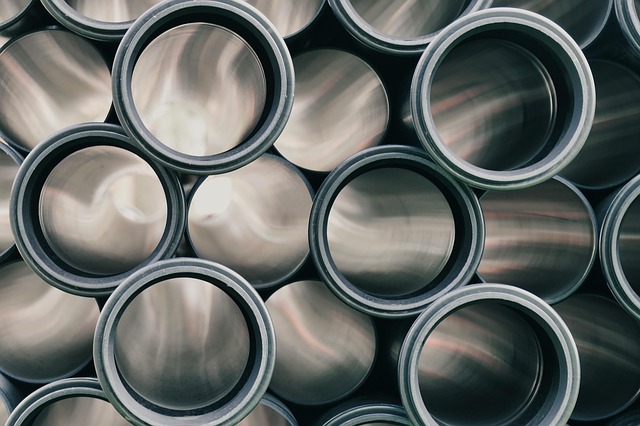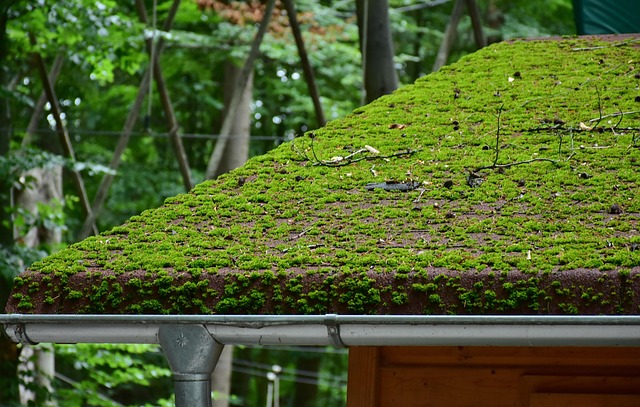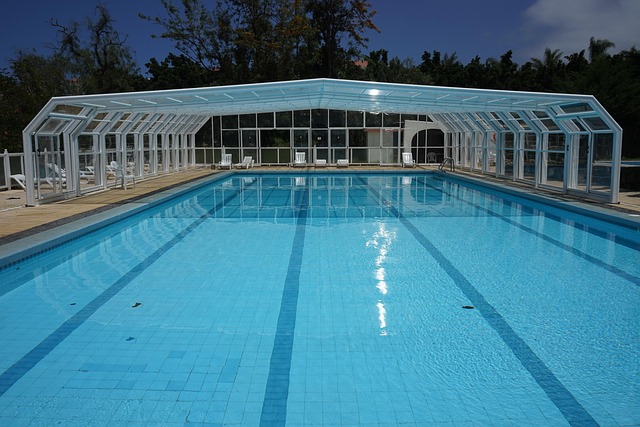Cool roofing systems, featuring reflective coatings and white designs, are transforming urban landscapes by addressing heat island effects and reducing energy consumption for cooling. These systems have become crucial in mitigating climate change, lowering greenhouse gas emissions, and extending roof lifespans. As global concerns rise, cool roofing is emerging as a key component in creating sustainable, eco-friendly cities, with significant cost savings and environmental benefits. Advanced coatings, white roofs, and smart technology integration drive this trend, promising a brighter future for energy-efficient buildings worldwide.
The quest for energy-efficient and sustainable building solutions has led to a significant rise in the popularity of cool roofing systems. These innovative designs reflect sunlight, reducing heat absorption and lowering cooling costs for both residential and commercial properties. This article delves into the world of cool roofing, exploring its underlying concept, materials, environmental benefits, successful implementations, and future prospects. By understanding these aspects, we can unlock the potential of cool roofing systems to create more sustainable and cost-effective buildings.
- Understanding Cool Roofing Systems: The Concept
- Materials and Technologies Used in Cool Roofs
- Benefits of Reflective Roofs for Commercial Buildings
- Environmental Impact: How Cool Roofing Helps in Climate Change Mitigation
- Case Studies: Successful Implementations of Cool Roofing Systems
- Future Trends and Innovations in Cool Roofing Technology
Understanding Cool Roofing Systems: The Concept

Cool roofing systems are designed to reduce heat absorption and lower cooling costs by reflecting sunlight and heat away from buildings. This technology has gained significant attention in recent years as urban areas continue to expand, leading to increased heat islands effects – where cities become significantly warmer than surrounding rural areas due to the concentration of dark-colored surfaces that absorb sunlight. By employing reflective roofing materials such as cool roof coatings or white roof systems, structures can stay cooler, thereby reducing energy consumption for air conditioning and lowering greenhouse gas emissions.
These innovative solutions work by utilizing specialized pigments and coatings that bounce solar radiation back into the atmosphere instead of allowing it to be absorbed by traditional dark roofing materials. Reflective roofs can provide a range of benefits, including extended roof lifespans due to reduced heat-related stress, as well as improved indoor comfort and air quality for occupants. As climate change continues to prompt the search for sustainable solutions, cool roofing systems are emerging as a key component in creating more energy-efficient and environmentally friendly urban environments.
Materials and Technologies Used in Cool Roofs

The materials and technologies behind cool roofs have evolved significantly over the years, driven by a need to address climate change and reduce energy consumption. One of the primary components in modern cool roofing systems is reflective roofing materials. These materials are designed to reflect a significant portion of solar radiation, preventing heat absorption and thus lowering the building’s interior temperature.
In addition to reflective roofing, cool roof coating has emerged as a game-changer in energy-efficient construction. Specialized coatings are applied to roofs, enhancing their reflectivity and insulating properties. White roof systems, for instance, use white or light-colored surfaces that bounce sunlight away, reducing heat transfer into the building. These innovative solutions not only lower cooling costs but also contribute positively to environmental sustainability by mitigating the urban heat island effect.
Benefits of Reflective Roofs for Commercial Buildings

Reflective roofs offer a plethora of advantages for commercial buildings, making them an increasingly popular choice among architects and property owners alike. One of the primary benefits is their ability to significantly reduce heat absorption, which is particularly crucial in regions with extreme temperatures. These innovative cool roofing systems are designed to reflect a substantial portion of the sun’s radiant heat back into the atmosphere, preventing it from transferring into the building’s interior.
By adopting reflective roofing or white roof systems, commercial spaces can experience marked decreases in internal temperature, leading to lower cooling costs. This is especially beneficial during hot summer months when energy consumption for air conditioning peaks. Moreover, cool roof coating not only helps maintain a comfortable indoor environment but also contributes to the overall sustainability and efficiency of the structure, making it an attractive eco-friendly option for modern commercial properties.
Environmental Impact: How Cool Roofing Helps in Climate Change Mitigation

Cool roofing systems, like reflective roofing and white roof systems, play a significant role in mitigating climate change by significantly reducing heat absorption from buildings. Traditional dark roofs can reach temperatures as high as 190°F (88°C) during summer months, contributing to what’s known as the urban heat island effect. This phenomenon not only makes cities hotter but also increases energy consumption for cooling, leading to higher greenhouse gas emissions.
By employing reflective roof coatings designed for cool roofs, buildings can lower their surface temperature by up to 30-50°F (17-27°C). This simple yet effective strategy helps in reducing the demand for air conditioning, thereby lowering energy use and associated carbon emissions. Moreover, these eco-friendly roofing solutions not only combat climate change but also contribute to a more sustainable and resilient urban environment.
Case Studies: Successful Implementations of Cool Roofing Systems

Cool roofing systems have proven to be a game-changer in various urban settings, offering sustainable and cost-effective solutions for building owners. One such success story is the implementation of reflective roofing in a major city’s downtown core. The project aimed to combat the urban heat island effect, a phenomenon where concrete and asphalt structures absorb and retain heat, leading to elevated temperatures compared to surrounding green spaces. By adopting white roof systems with a cool roof coating, the city reduced its overall heat absorption significantly. This innovative approach not only lowered cooling costs for buildings but also contributed to a more comfortable living environment for residents.
Another notable example is a commercial complex that transitioned to reflective roofing as part of a retrofitting project. The building’s previous dark roofing material was replaced with a cool roof coating, resulting in remarkable energy savings. This implementation showcased the effectiveness of such systems in reducing peak cooling demands during the hottest months. Moreover, the white roof systems not only improved the energy efficiency of the structure but also extended the lifespan of the roofing material by protecting it from intense solar radiation.
Future Trends and Innovations in Cool Roofing Technology

The future of cool roofing technology looks promising with continuous innovations aimed at enhancing efficiency and sustainability. As climate change concerns grow, architects and builders are increasingly turning to reflective roofing systems as a solution for energy-efficient buildings. One emerging trend is the development of advanced cool roof coatings that offer superior heat reflectivity and durability. These coatings not only reduce heat absorption but also provide an extended lifespan, making them a cost-effective option for both commercial and residential properties.
Moreover, integration of smart technology with cool roofing is another exciting development. Sensor-equipped systems can monitor roof temperatures and adjust accordingly, further optimizing cooling costs. With the push for more eco-friendly and sustainable practices, white roof systems are gaining popularity as they not only reflect heat but also help in reducing the urban heat island effect. This innovative approach to reflective roofing promises a greener future, where buildings play a significant role in minimizing environmental impact.
